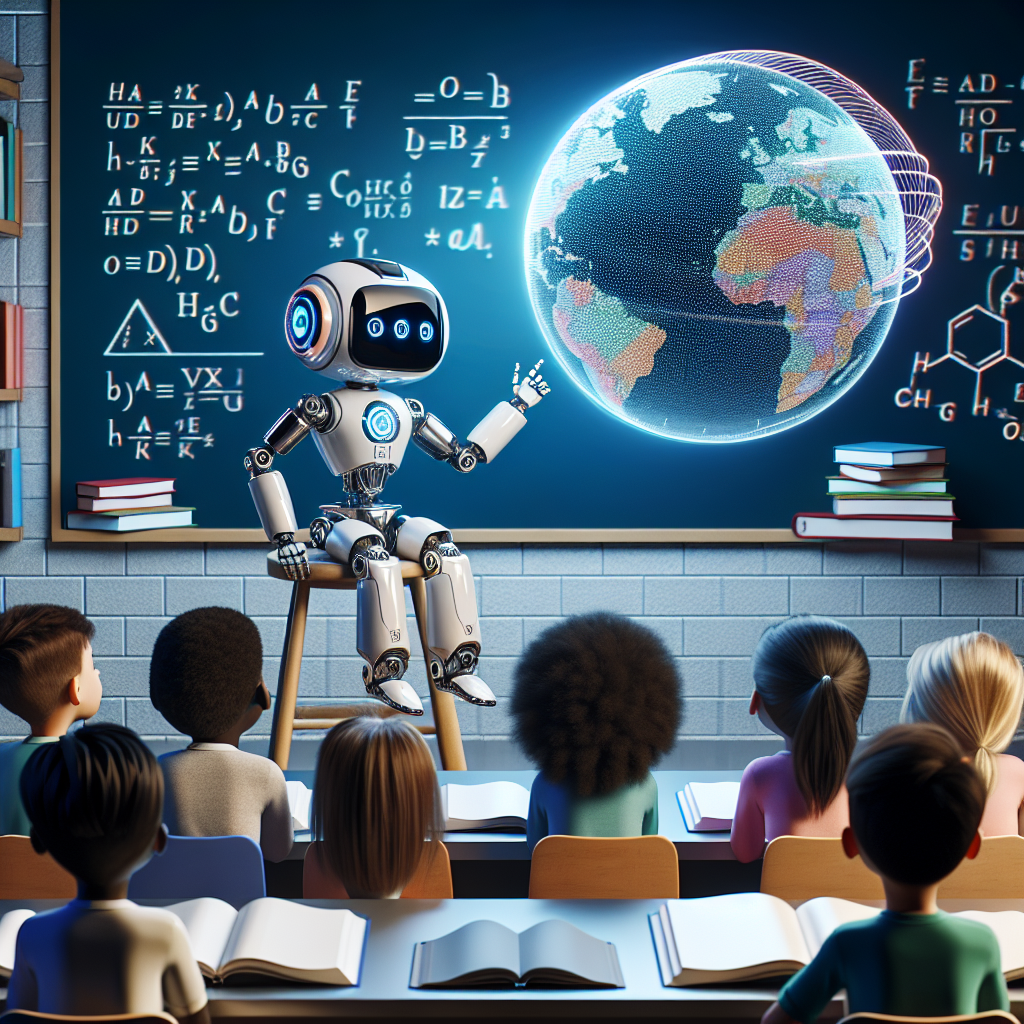Enhancing Student Learning with AI Technology
Introduction
In recent years, the field of education has been revolutionized by the integration of artificial intelligence (AI) technology. AI has the potential to enhance student learning by providing personalized learning experiences, automating administrative tasks, and facilitating communication between students and teachers. This article will explore how AI technology is being used to improve student learning outcomes and address some common questions about its implementation in educational settings.
Personalized Learning Experiences
One of the most significant benefits of using AI technology in education is its ability to provide personalized learning experiences for students. AI algorithms can analyze student data, such as performance on assignments and assessments, to identify areas where individual students may be struggling and provide targeted interventions to help them succeed. This level of personalized support can help students learn at their own pace and in a way that is tailored to their individual needs, leading to better academic outcomes.
For example, AI-powered adaptive learning platforms can create personalized learning paths for students based on their strengths and weaknesses. These platforms can adjust the difficulty of assignments and assessments in real-time to challenge students at the right level and provide additional support in areas where they are struggling. This personalized approach to learning can help students stay engaged and motivated, leading to improved retention of information and better overall academic performance.
Automating Administrative Tasks
Another way that AI technology is enhancing student learning is by automating time-consuming administrative tasks for teachers and administrators. AI-powered tools can streamline processes such as grading assignments, tracking student progress, and scheduling classes, allowing educators to focus more on teaching and supporting student learning. By automating these routine tasks, AI technology can free up valuable time for teachers to provide more individualized support to students and create engaging learning experiences.
For example, AI-powered grading tools can quickly and accurately grade assignments and provide feedback to students, reducing the amount of time teachers spend on these tasks. This automation can help teachers provide more timely feedback to students, allowing them to address misunderstandings and make corrections before moving on to new material. By streamlining administrative tasks, AI technology can help educators create a more efficient and effective learning environment for students.
Facilitating Communication
AI technology is also improving student learning by facilitating communication between students and teachers. AI-powered chatbots and virtual assistants can help students access information and support outside of regular class hours, providing immediate assistance when needed. These tools can answer common questions, provide resources for further study, and offer personalized feedback to students, helping them stay on track and reach their academic goals.
For example, AI-powered chatbots can help students schedule meetings with teachers, access course materials, and receive reminders about upcoming assignments and exams. These tools can provide personalized support to students, helping them navigate the challenges of the educational system and stay motivated to succeed. By facilitating communication between students and teachers, AI technology can create a more collaborative and supportive learning environment that enhances student learning outcomes.
FAQs
Q: How does AI technology personalize learning for students?
A: AI technology analyzes student data to identify areas where individual students may be struggling and provides targeted interventions to help them succeed. This personalized approach to learning helps students learn at their own pace and in a way that is tailored to their individual needs.
Q: What are some examples of AI-powered tools that automate administrative tasks for educators?
A: AI-powered tools such as grading platforms, student progress trackers, and scheduling tools can automate tasks such as grading assignments, tracking student progress, and scheduling classes, allowing educators to focus more on teaching and supporting student learning.
Q: How can AI technology facilitate communication between students and teachers?
A: AI-powered chatbots and virtual assistants can help students access information and support outside of regular class hours, providing immediate assistance when needed. These tools can answer common questions, provide resources for further study, and offer personalized feedback to students.
Q: What are some potential challenges of implementing AI technology in education?
A: Some potential challenges of implementing AI technology in education include concerns about data privacy and security, the need for professional development to help educators effectively use AI tools, and the potential for AI algorithms to reinforce biases in educational settings.
Conclusion
AI technology has the potential to enhance student learning by providing personalized learning experiences, automating administrative tasks, and facilitating communication between students and teachers. By leveraging the power of AI, educators can create a more efficient and effective learning environment that meets the individual needs of students and helps them succeed academically. As AI technology continues to evolve, it will play an increasingly important role in shaping the future of education and improving student learning outcomes.

